Introduction
In today’s digital age, protecting your personal information on the internet is more critical than ever. Personal data exposed online can lead to risks such as identity theft, privacy invasion, and unwanted solicitations. This article will guide you through seven powerful steps to help you delete your personal information from the internet, ensuring your privacy and security.
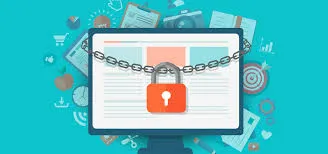
Understanding the Risks of Online Personal Information on the Internet:
Having personal information available on the internet poses several risks:
Identity theft and fraud on personal information on the Internet:
Cybercriminals can use your personal information on the internet to commit fraud, leading to financial loss and damage to your reputation.
Privacy invasion:
Personal data can be exploited to track your activities and invade your privacy.
Unwanted solicitations and spam:
Exposed information can result in unwanted emails, phone calls, and other solicitations.
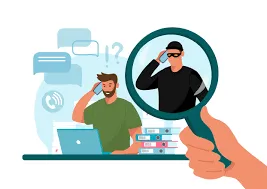
Step 1: Identify Where Your Personal Information Exists
The first step in deleting your personal information is identifying where it currently exists online.
This can be done by:
Searching your name on search engines:
Use search engines like Google to find out where your personal information is appearing.
Checking social media profiles:
Review all your social media accounts for any personal data that might be publicly accessible.
Reviewing data broker sites:
Data brokers collect and sell personal information on the Internet. Check sites like Spokeo, Whitepages, and MyLife to see if your data is listed.
Step 2: Remove Personal Information from Social Media
Social media platforms often hold a wealth of personal information. Here’s how to clean up your profiles:
Deleting old posts and profiles: Remove any outdated or unnecessary posts and consider deleting old accounts you no longer use.
Adjusting privacy settings of personal information on the Internet:
Ensure your profiles are set to private, and limit what information is shared publicly.
Requesting deletion from social media platforms:
Contact the platform to request the removal of specific information or entire accounts if needed.
Step 3: Opt-Out of Data Broker Sites
Data broker sites aggregate and sell your personal information. To opt-out:
List of common data broker sites:
Sites like Spokeo, Whitepages, MyLife, Intelius, and Been Verified commonly hold personal data.
Instructions for opting out:
Visit each site’s opt-out page and follow their instructions to request the removal of your information.
Monitoring your information on these sites:
Regularly check these sites to ensure your data has been removed and stays off.
Step 4: Contact Website Owners
If your personal information appears on other websites:
Requesting removal of personal information:
Reach out to the website owners and request that your information be deleted.
Using privacy policies and contact forms: Use the site’s privacy policy or contact form to find the appropriate way to request removal.
Following up on requests:
If you don’t receive a response, follow up to ensure your request is addressed.
Step 5: Use Online Tools and Services
There are several online tools and services designed to help you remove your personal information:
Overview of online data removal tools for personal information on the Internet:
Tools like Delete Me, Privacy Duck, and Incogni can help you manage the removal process.
Pros and cons of using professional services: While these services can be effective, they often come with a cost. Weigh the benefits against the price.
How to choose the right tool or service:
Consider factors like cost, ease of use, and customer reviews when selecting a service.
Step 6: Monitor Your Digital Footprint
After cleaning up your information, it’s essential to monitor your digital footprint regularly:
Setting up Google Alerts for your name:
Google Alerts can notify you whenever your name appears online.
Regularly searching for your information:
Periodically search for your name and personal details to catch any new exposures.
Using monitoring tools to track your data:
Tools like Reputation Defender and Brand Yourself can help you keep track of your online presence.
Step 7: Protect Your Information Going Forward
To prevent your personal information from being exposed again, follow these best practices:
Best practices for online privacy:
Be cautious about the information you share online, use strong passwords, and enable two-factor authentication.
Securing your accounts and data:
Regularly update your passwords and use security tools like VPNs and password managers.
Staying informed about privacy issues:
Keep up-to-date with the latest news and tips on online privacy and data protection.
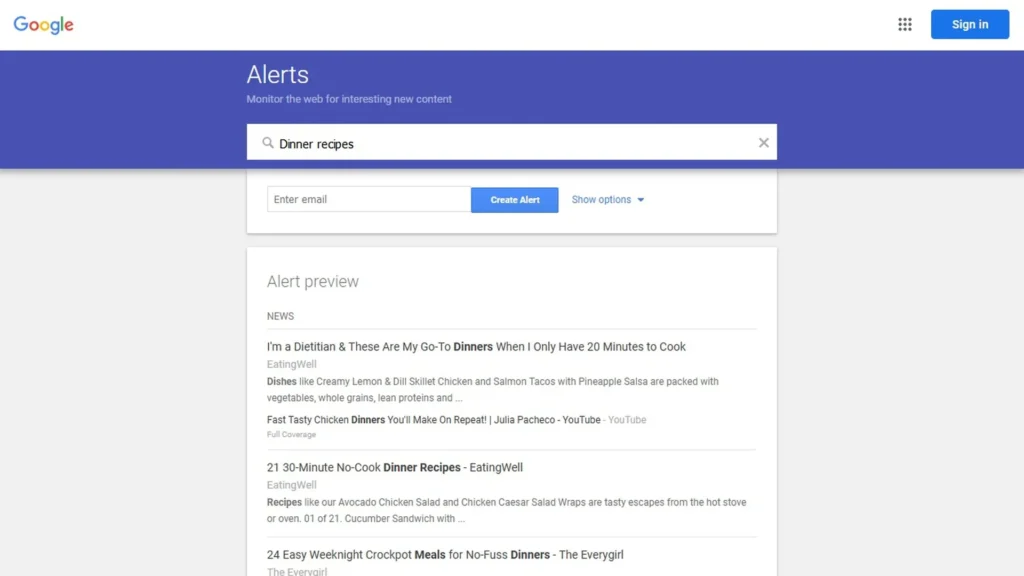
Deleting your personal information from the internet is a crucial step in protecting your privacy. By following these seven steps, you can significantly reduce your digital footprint and safeguard your personal data. Remember, ongoing vigilance is essential to maintain your privacy in the ever-evolving digital landscape. Take action now to ensure your online presence is secure.
Additional Resources
- Delete Me – Online data removal service
- Privacy Duck – Data removal and privacy services
- Incogni – Personal data removal service
- Reputation Defender – Online reputation management
- Brand Yourself – Online reputation and privacy management
Explore these tools and resources to enhance your online privacy further and protect your personal information.
Also read Essential Internet Privacy Tips to Protect Your Online Presence.
Internet Privacy and Tips
Internet privacy is increasingly important in this digital age. With personal information on the internet is so freely given, your data must be kept safe from identity theft, fraud, invasion of privacy, and other threats. Here are 10 essential internet privacy tips to help you secure your online presence by keeping your personal information safe.

Safeguarding your internet privacy is very important. Here are some simple tips to safeguard your personal information on the internet:
Tip 1: Use Strong and Unique Passwords
Probably the most straightforward and simplest step in securing your online accounts is the usage of unique and strong passwords on each of them.
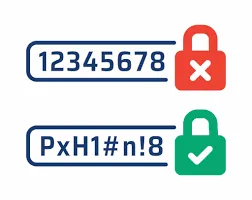
Why strong passwords?
Strong passwords are hard to hack by breaking your way in.
How to create a strong password for personal information on the Internet:
Combine upper and lower case letters, numbers, and special characters. Never use any easily guessable information, like birthdays or common words.
Password management with password managers:
Password managers like LastPass, 1Password, and Dashlane are used to create and store strong, unique passwords securely.
Tip 2:Enable Two-Factor Authentication.
Two-factor authentication adds an extra layer of security to your accounts.
Benefits of two-factor authentication for personal information on the Internet:
By requiring a second form of verification in case your password is compromised, 2FA makes it much harder for unauthorized users to gain access to your account.

How to enable two-factor authentication for personal information on the Internet:
On most online services, you should look for something that says 2FA in their security settings and turn it on following their instructions.
Recommended applications and methods:
Turn on authentication apps like Google Authenticator, Authy, or Duo Mobile for the best security.
Tip 3: Be Careful with Personal Information
Be careful about the kind of personal information on the internet that you share.
Which type of personal information not to share:
It’s best to keep your private information, such as your residential address, phone number, or financial data, safe.
Tips for Safe Sharing on Social Media:
Always limit what you share on social media, and at all costs, use privacy settings available to control the audience that can see your information.
Controlling Privacy Settings on Popular Platforms:
Check and change privacy settings in leading networking sites such as Facebook, Twitter, and Instagram to keep your private information safe from unwanted eyes.
Tip 4: Use Secure Connections
Make sure your internet connections are safe.
The importance of HTTPS and VPNs on personal information on the Internet:
Make sure to connect to websites using HTTPS encryption. Consider a VPN for protection on public Wi-Fi. How to check for secure connections Check if the URL is starting with “https://” and that a padlock icon is present in the address bar. Recommended VPN services Some reliable VPN services include NordVPN, ExpressVPN, and CyberGhost. Tip 5: Keep Your Software Up to Date Keeping your software updated will go a long way toward security.
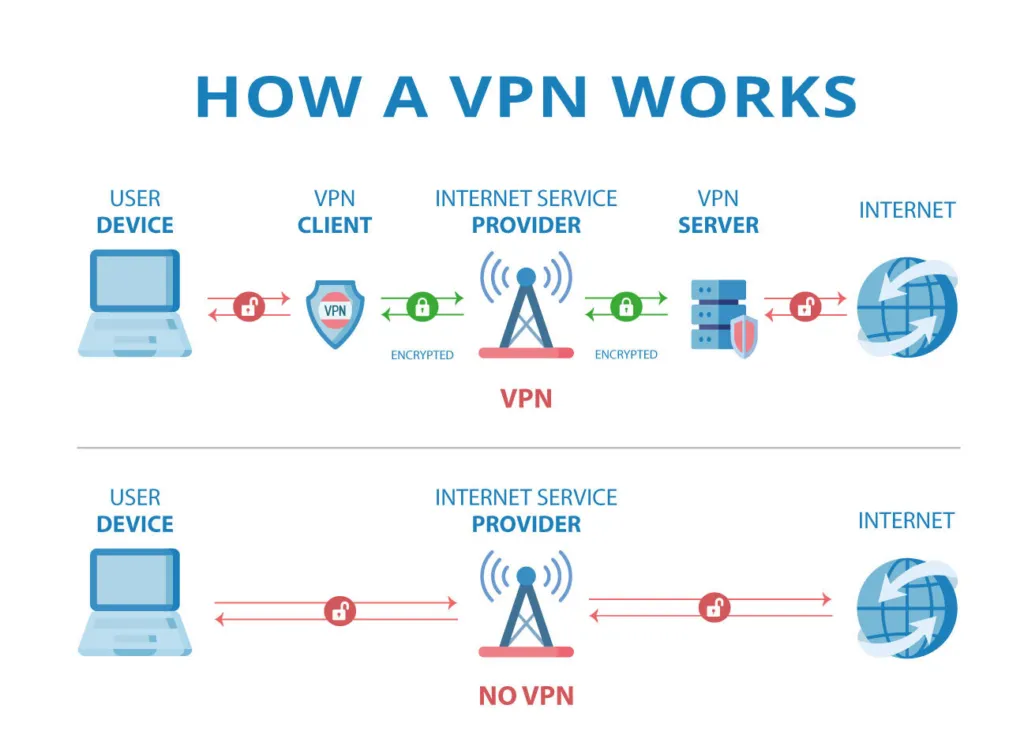
Why software updates are crucial to your security:
Many updates come with security patches that make you resistant to vulnerabilities.
How to keep your software up to date:
Keep all of your operating systems, browsers, and apps updated automatically.
Tips to automate the updating process:
Keep all your devices set to update automatically so you always get the latest security patches.
Tip 5: Be cautious of Phishing Scams
Phishing is one of the most popular methods cybercriminals use to steal personal information.
Phishing red flags:
Suspicious emails or messages requesting personal info, misspelt words, and attached files that you might not expect to receive.

Protect yourself from the phishing scheme:
Never click links and never download attachments from an unknown source. Check the sender before responding.
What should I do if I think I may be a potential phishing scam victim?:
Report the suspicious email to your email provider and immediately delete it.
Tip 6: privacy-oriented search and browsers
These are privacy-oriented search engines and browsers and will, therefore, go a great distance to ensure that your activities on the internet are safe.
Privacy-focused search engines:
Run a search via an engine like DuckDuckGo or StartPage that doesn’t track your searches.
Privacy-focused browsers:
Browsers like Brave and Firefox have additional privacy features baked in.
Privacy-orientated browsing: Add extensions like uBlock Origin and Privacy Badger to your browser.
Tip 7: Digital Footprint Management
It is always very useful to scan and manage your digital footprint because it helps maintain privacy.
Being able to monitor your online presence means that you check, from time to time, for your name and your personal information on the internet to see what information is public.
Tips 8: reduce your digital footprint:
Close unnecessary online accounts, delete old posts and use tools to manage your online presence.

Online Information Management Tools for Personal Information on the Internet:
Tools like DeleteMe and PrivacyDuck can manage and remove your personal information on the internet.
Tip 9: Adjust Privacy Settings on Devices and Apps
Adjusting privacy settings on devices and apps will improve your security level.
Why device and app privacy settings are important:
Proper settings prevent apps from accessing unnecessary information.
How to set privacy settings on smartphones and tablets:
Check the application permissions and then change privacy options through the settings.
Tips for putting a tight rein on app permission:
Only grant apps the necessary permissions and check the permissions allowed to various apps on a regular basis.
Tip 10: Educate Yourself on Internet Privacy
The first step to protecting your online security is to keep abreast of Internet privacy.
It keeps you safe and informed about the latest threats and protection methods. The resources for learning about Internet privacy involve some good blogs to follow, newsletters, and online forums. How to keep up with the very latest in privacy trends: keep reading up on news related to privacy, attending webinars, or considering an online course or two related to cybersecurity.
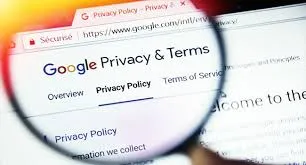
Conclusion
Today, more than ever, internet privacy protection is crucial. Through these 10 essential tips, you will be able to enhance your security online and protect your personal information on the internet. Consider the following: protection of privacy is an ongoing process that calls for cautiousness and vigilance. Begin implementing the tips enumerated below to ensure your safety online.


